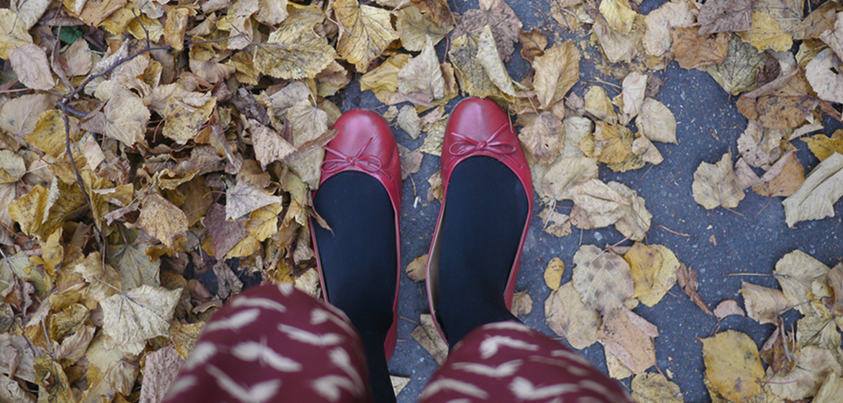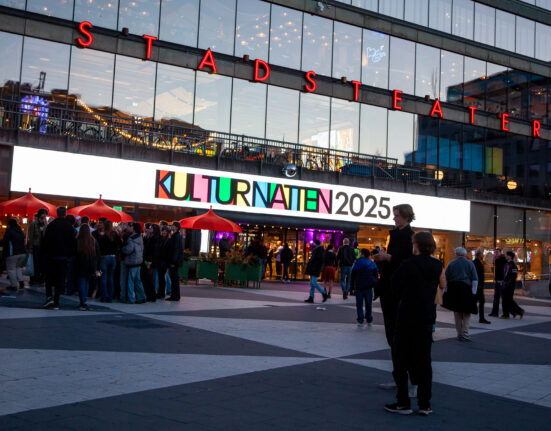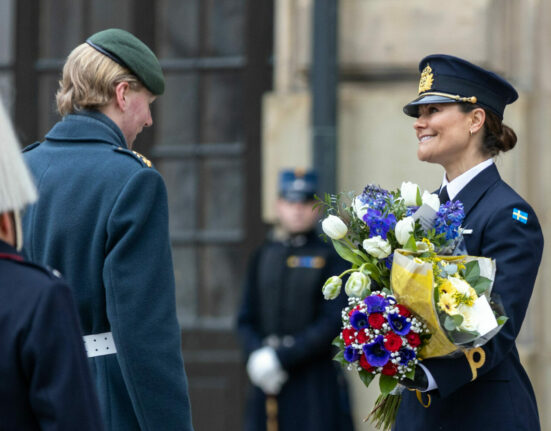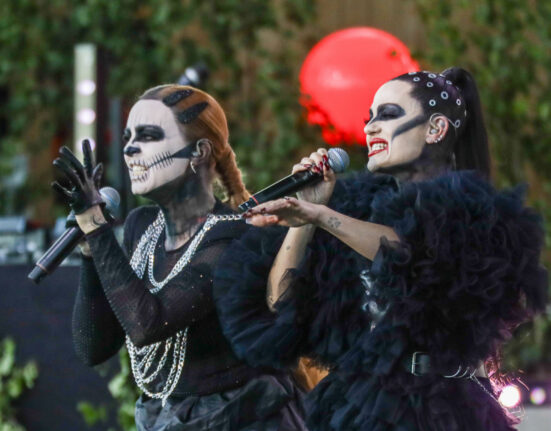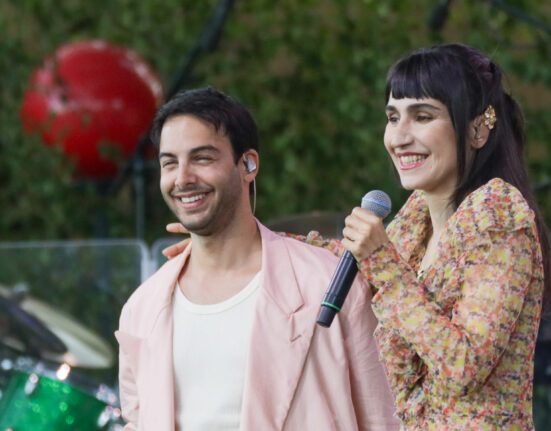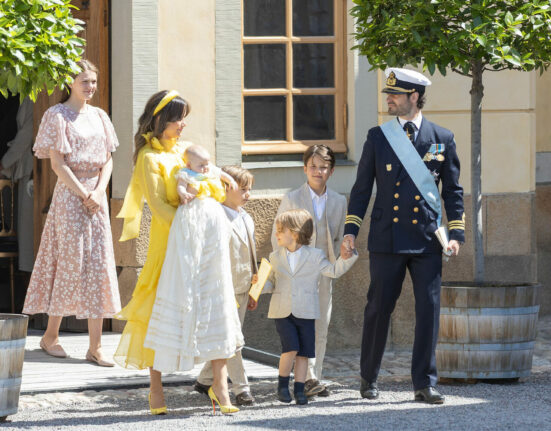Just because it’s too early to crack open the glögg, doesn’t mean the month of November is devoid of celebration! Far from it; November traditions in Sweden are big on family – the best way to brighten up the year’s darker days.
November is awkward. It’s not quite autumn anymore and it’s not quite winter yet either. As it falls in the lull between the crayfish parties and the Christmas feasts, many may assume that there isn’t anything to celebrate this month. Many assume incorrectly. The truth is, November in Sweden is chock-full of traditions which are mainly centered around family, candles food and love; bringing some much needed warmth and light to the chilly and dark Scandinavian days.
All Saints Day (Alla Helgons Dag) November 3rd
 Photo: Cecilia Larsson/imagebank.sweden.se
Photo: Cecilia Larsson/imagebank.sweden.se
First up is All Saints Day, a day of reflection on and celebration of the lives of the dead. During this time, families commemorate loved ones who have passed on by gathering together for a large meal and visiting graves, decorating the headstones with candles, wreaths and jars of flowering heather. As night falls, graveyards across the country are aglow with twinkling candles and lanterns, creating a sea of light. The Swedes treat All Saints Day with great reverence; universities and most businesses close early on the Friday before, while school-age children are given the whole day off. For those in Stockholm, a particularly impressive site is Skogskyrkogården, a woodland cemetery and World Heritage site just south of central Stockholm.
Gustavus Adolphus Day (Gustav Adolfsdagen) November 6th
On this day, you may see some interesting-looking pastries sporting the mustached face of Gustavus Adolphus. This is not because it is the magical month of Movember, but rather it’s in honour of the former king of Sweden who died on this day in 1632 at the Battle of Lützen. The date has been celebrated since the early 19th century and is especially popular in Gothenburg, which was founded by good old Gus, as well as in Uppsala, the university of which was the recipient of some kingly donations.
St. Martin’s Eve (Mårtensafton) November 10th
 Photo: Jakob Fridholm/imagebank.sweden.se
Photo: Jakob Fridholm/imagebank.sweden.se
This day (celebrated most vigorously in Skåne) originally marked 40 day fasting period before Christmas and celebrated the memory of St Martin of Tours, who, as legend has it, hid in a stable filled with some rather unreliable geese in the hopes of avoiding his impending bishopdom. Today, however, it’s seen more as a day of munching on a goose-filled feast which, traditionally, makes creative use of every inch of the bird. On the menu is sweet and sour “black soup”, or svartsoppa (made from goose blood, fruit pureé, spirits and spices), a slow roasted goose stuffed with apples and prunes as well as goose-liver sausage, red cabbage, potatoes and an apple charlotte. The traditional end to this avian sensation is a nigh-on meter-tall tower of meringue cake (spettkaka). This feast is certainly not for the birds!
Father’s Day (fars dag) November 10th
 Photo: Kristin Lidell/imagebank.sweden.se
Photo: Kristin Lidell/imagebank.sweden.se
Also falling on the 10th is Swedish Father’s Day. Papas have been officially celebrated in Sweden since 1931. Where in many countries father’s day occurs in June, Sweden chose to spread out their mother’s and father’s days to opposite ends of the calendar, perhaps so that each day carries equal weight. And rightly so; Swedish papas generally take on a highly active role in the raising of their offspring, so it’s only fair they be spoiled by having their breakfast sandwiches served to them in bed, receiving tons of kisses and kramar from their little ones and ploughing brutishly into a Martinsgås feast.
Now don’t you feel warmer already?
Kirsten Smart
Kirsten blindly followed her husband from South Africa to the land of snow and snus in 2011 and proceeded to procreate. When she isn’t discovering the 101st use of the humble wet wipe, she can be found writing adjective-laden articles for YLC.
Follow Kirsten and Your Living City on Twitter!







